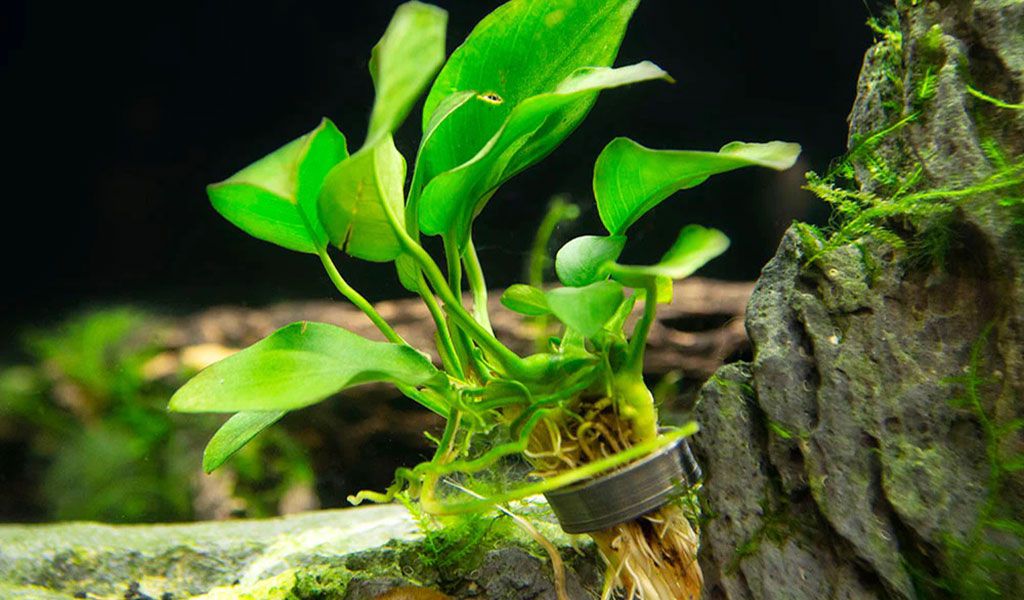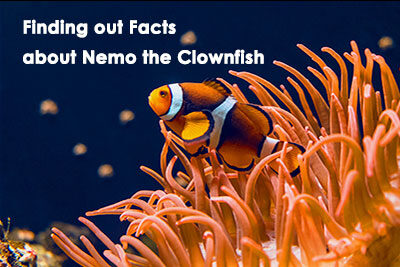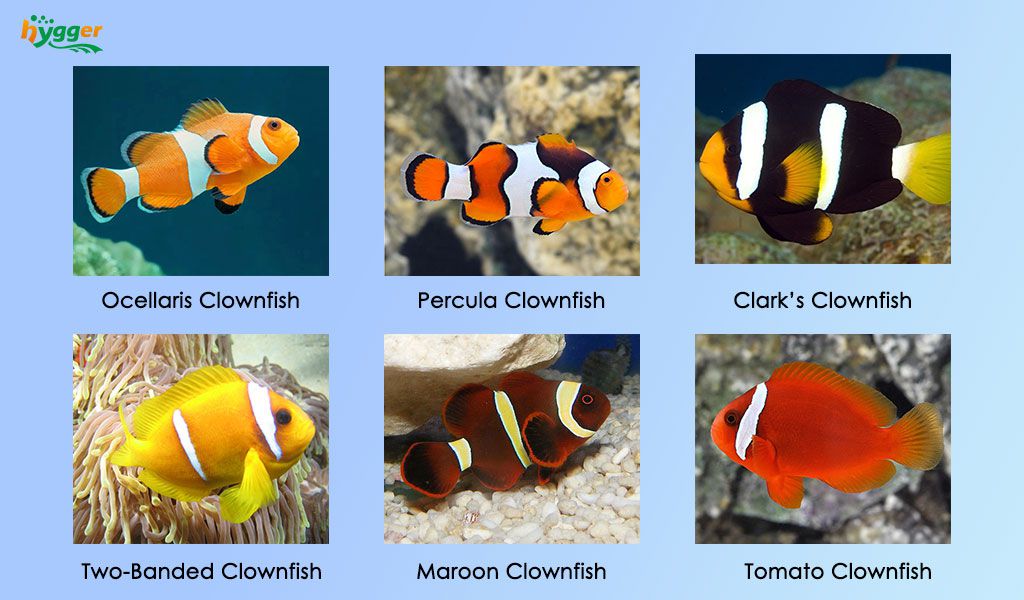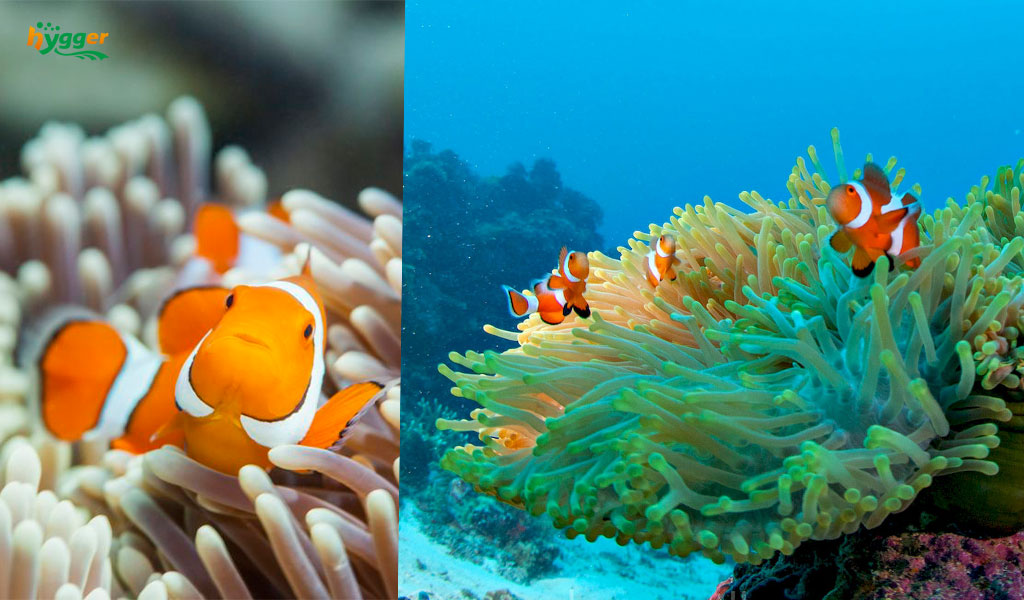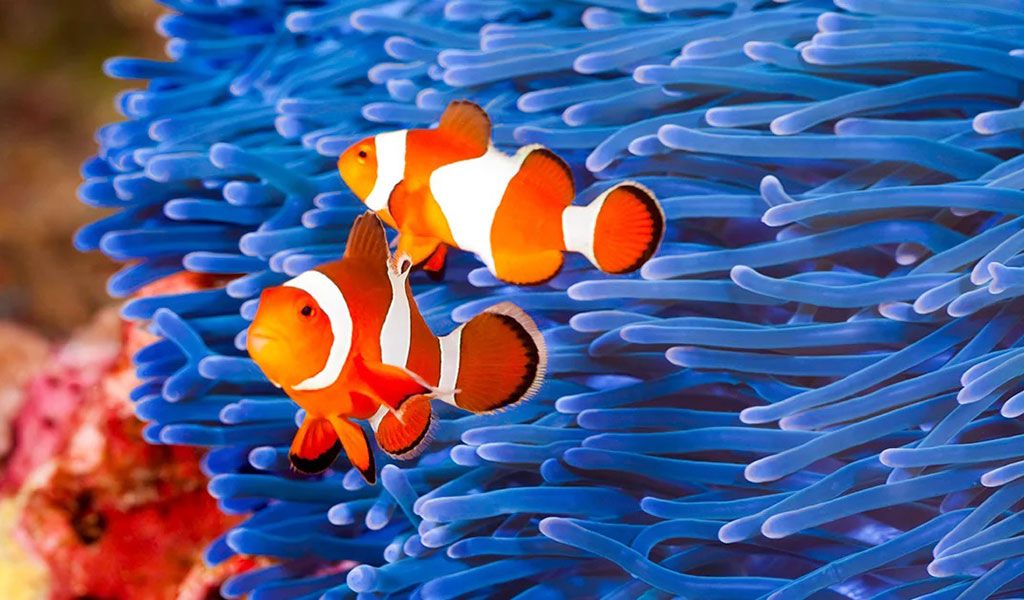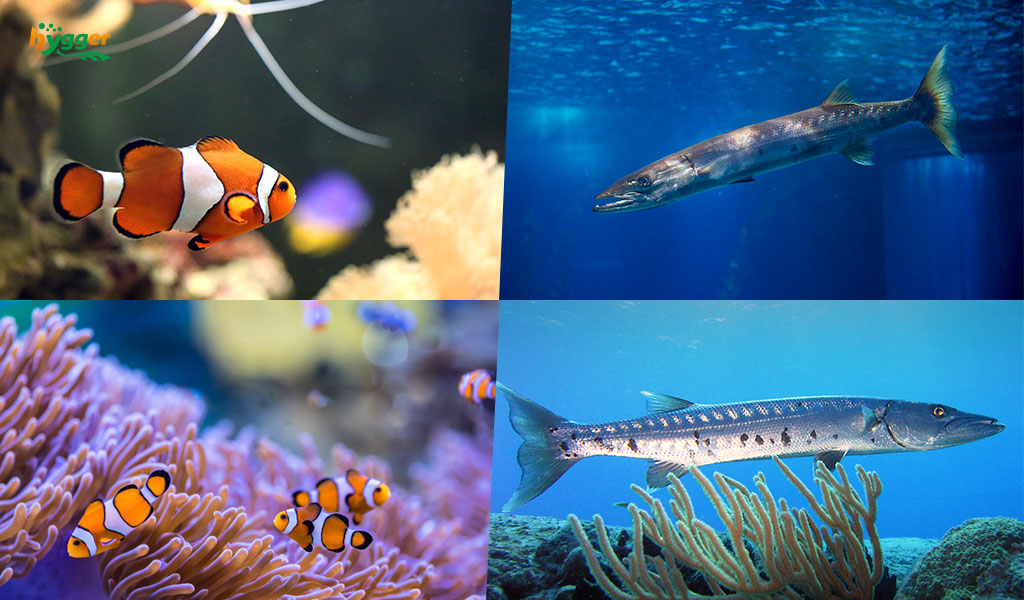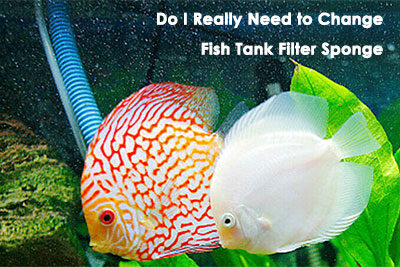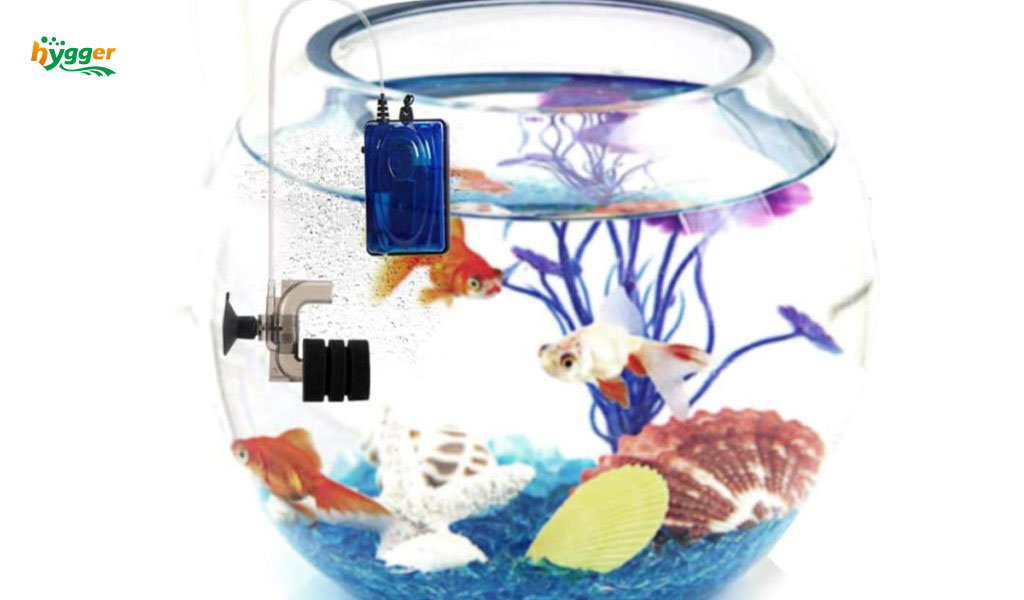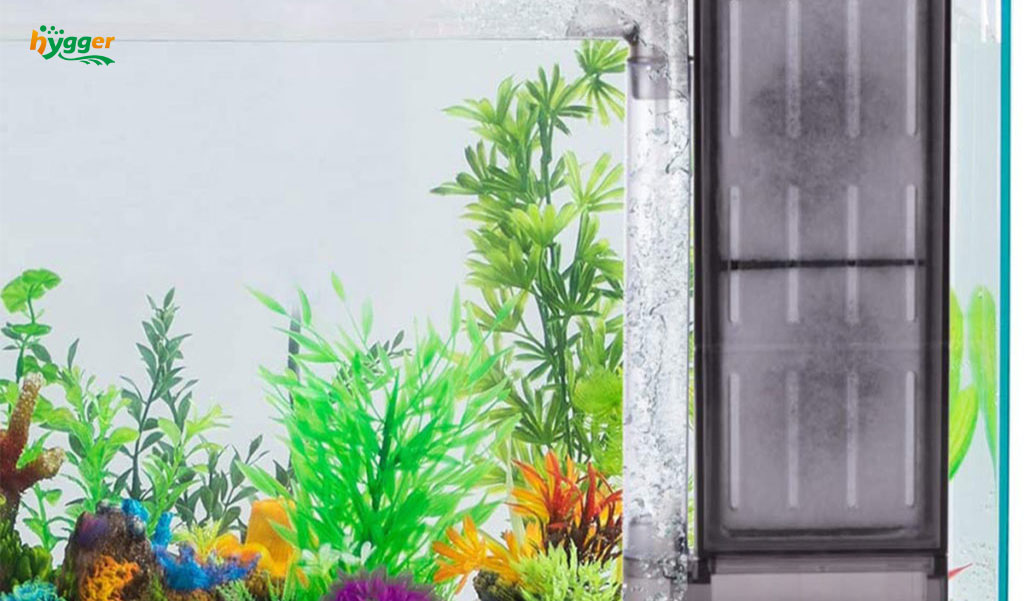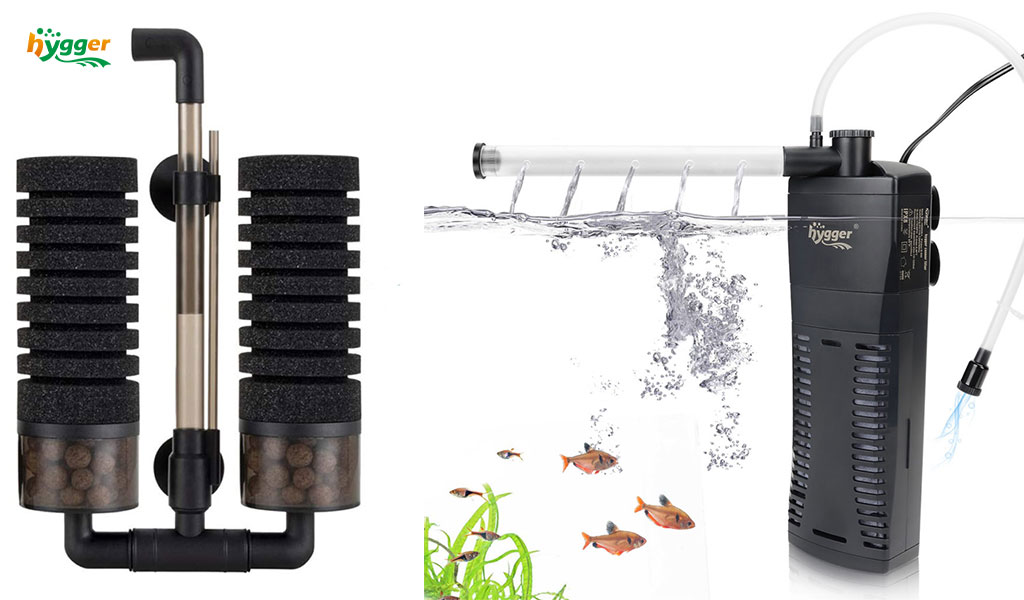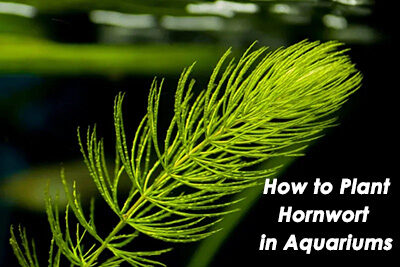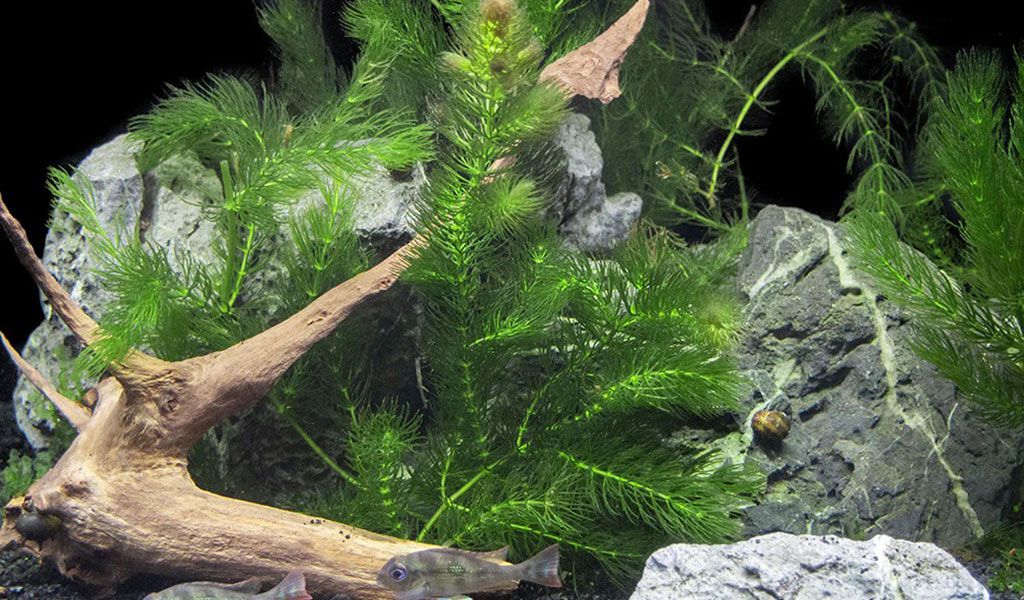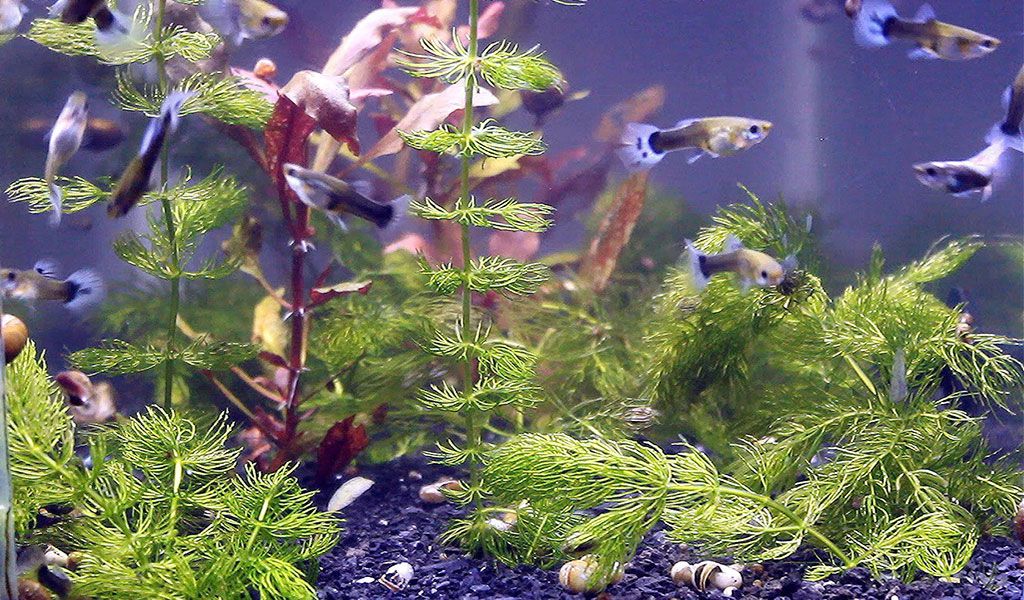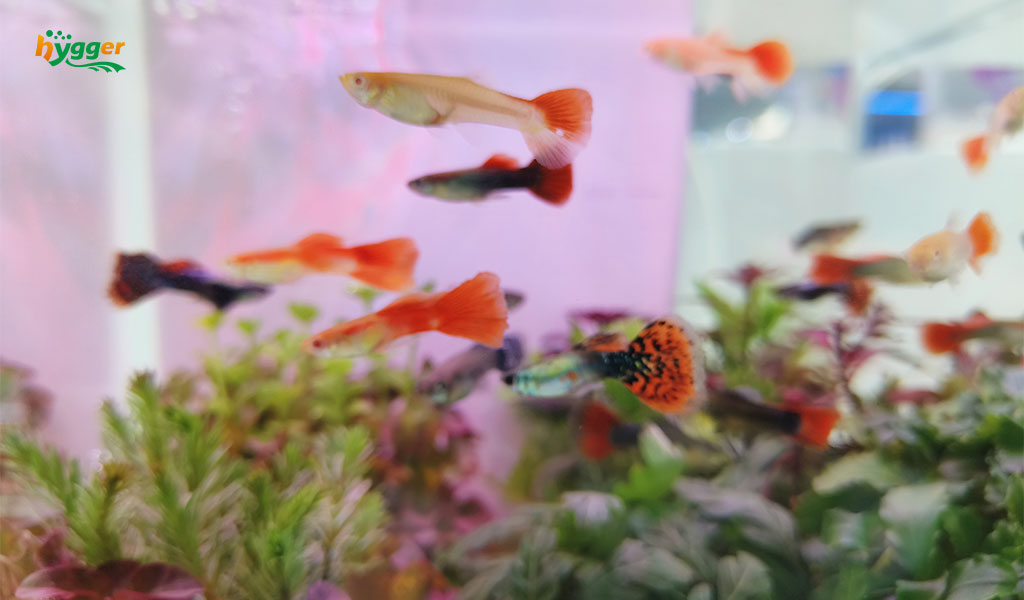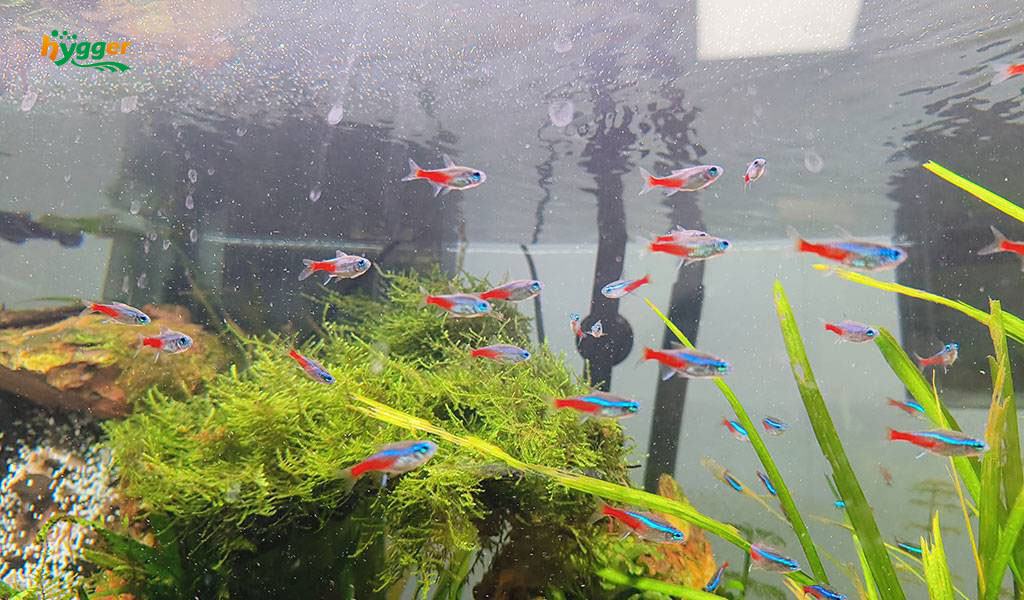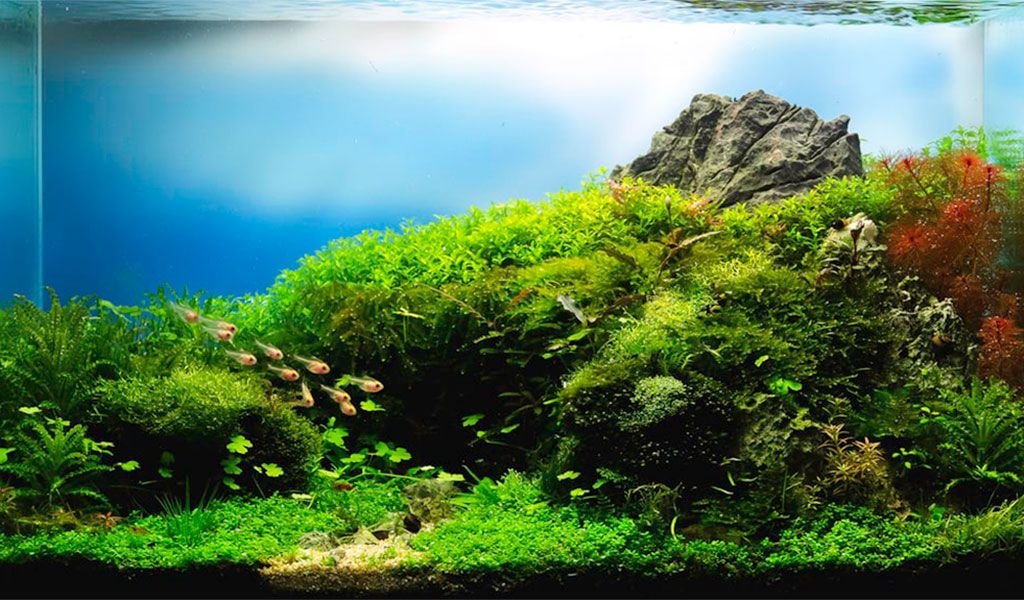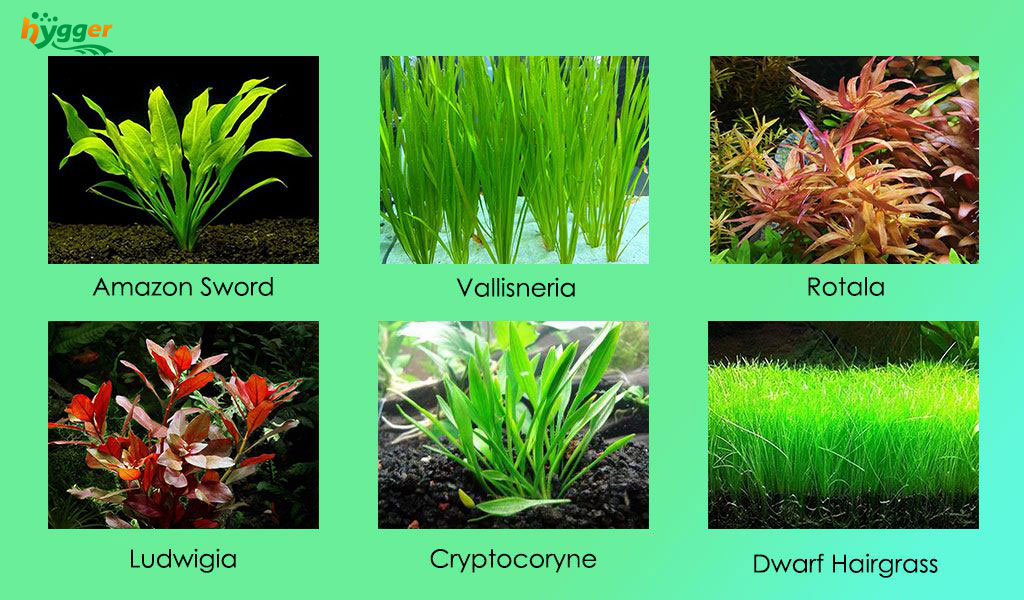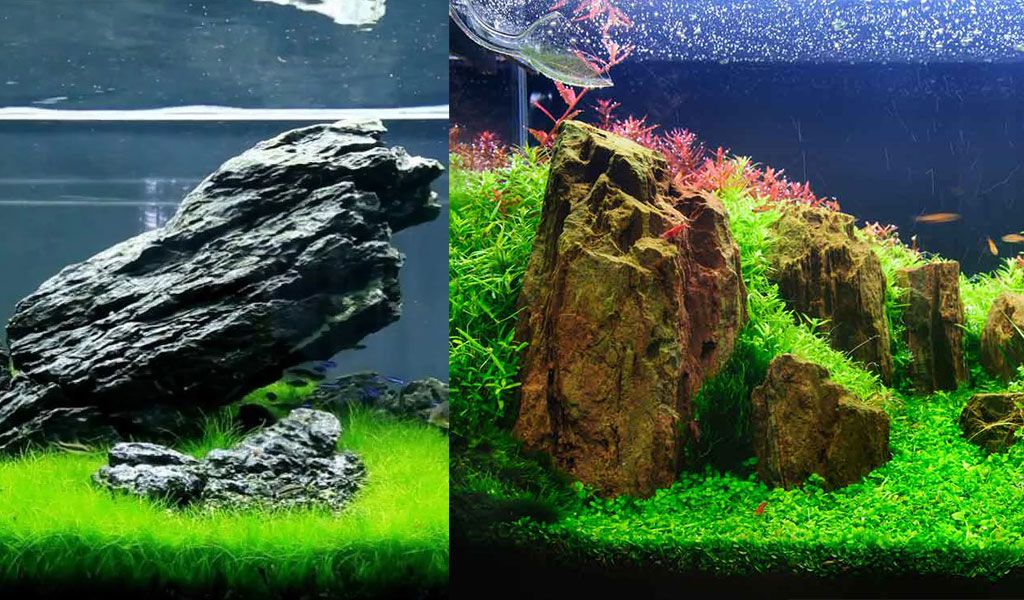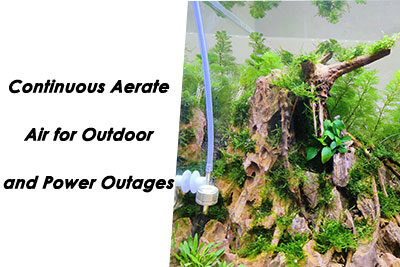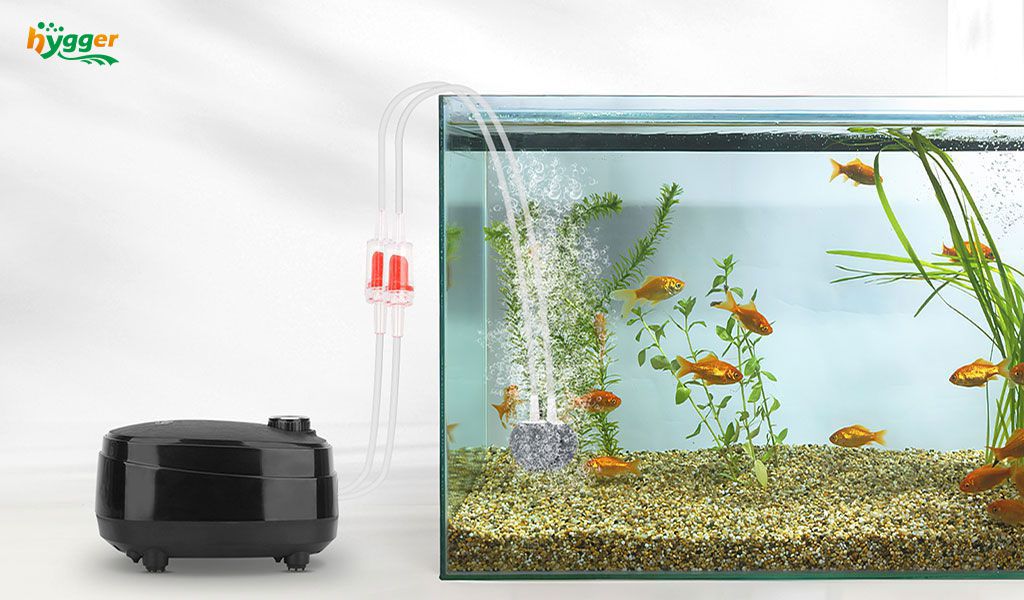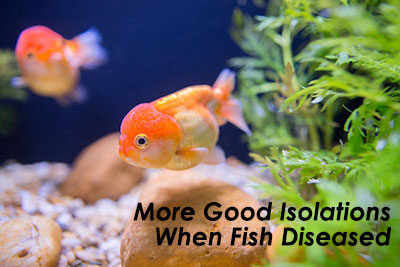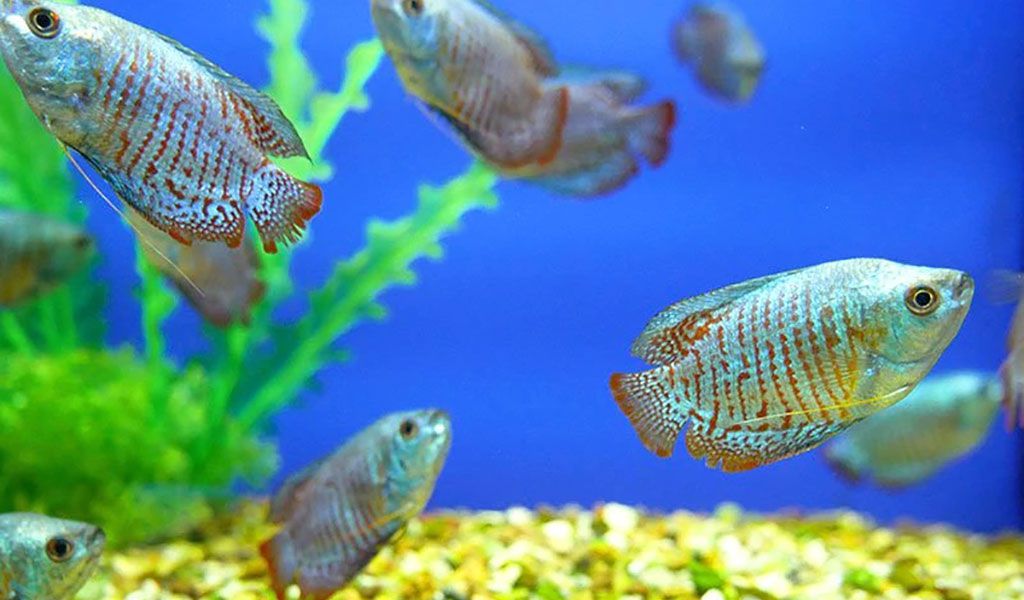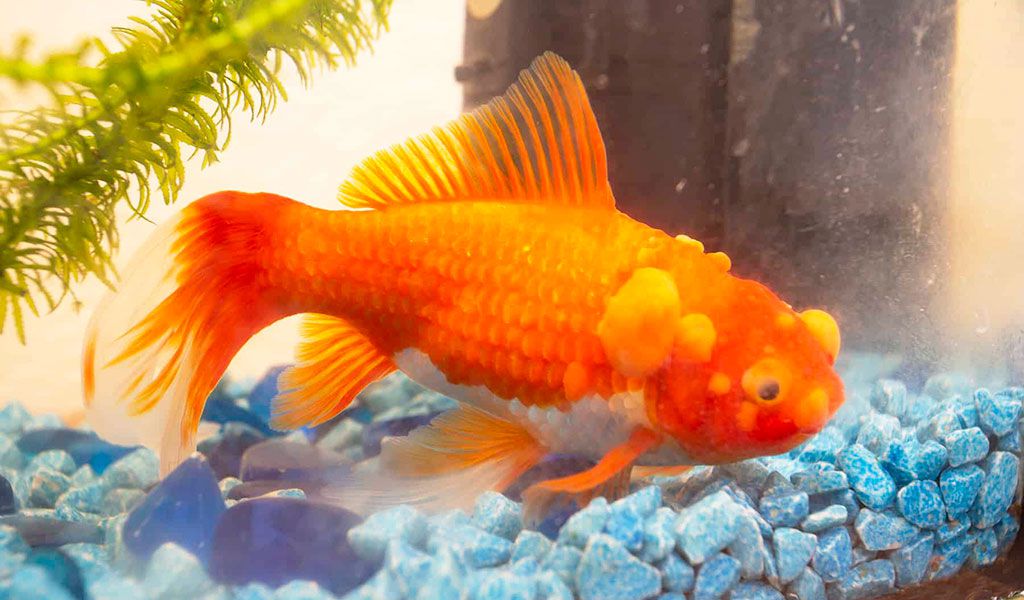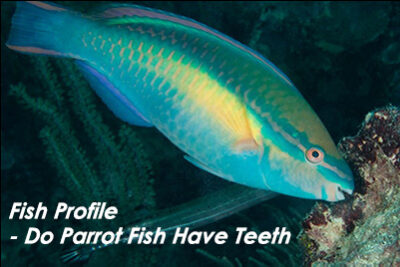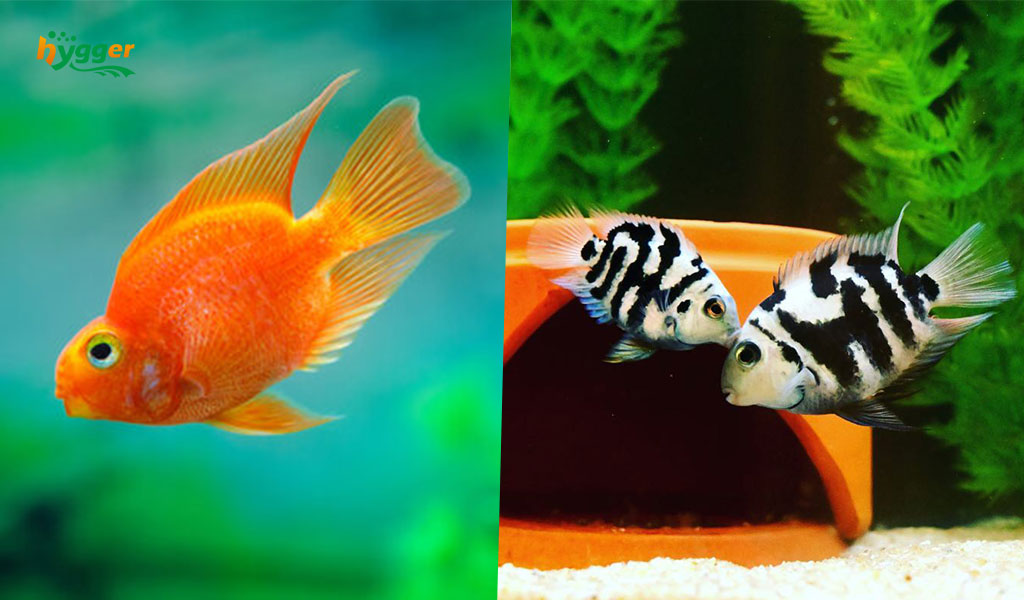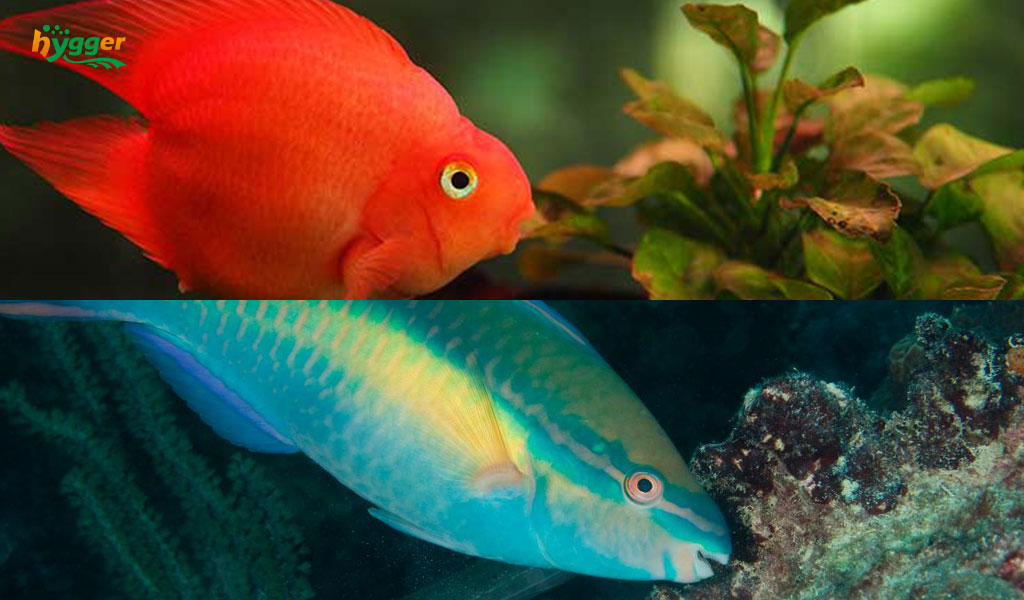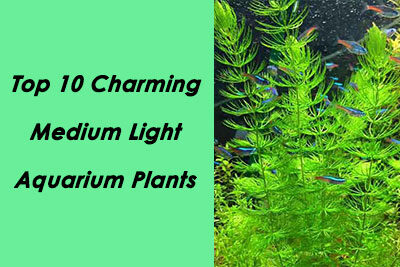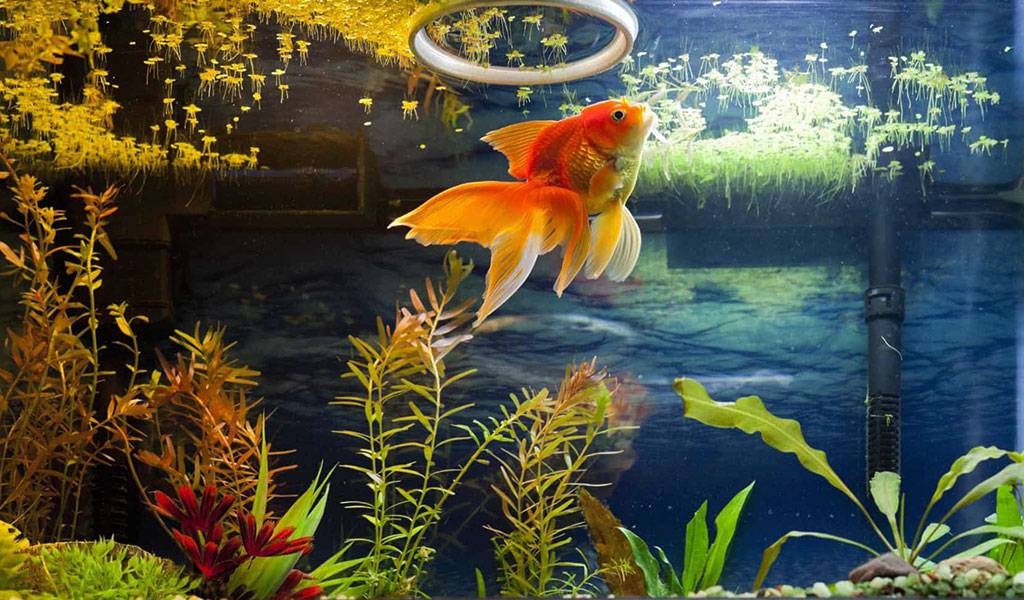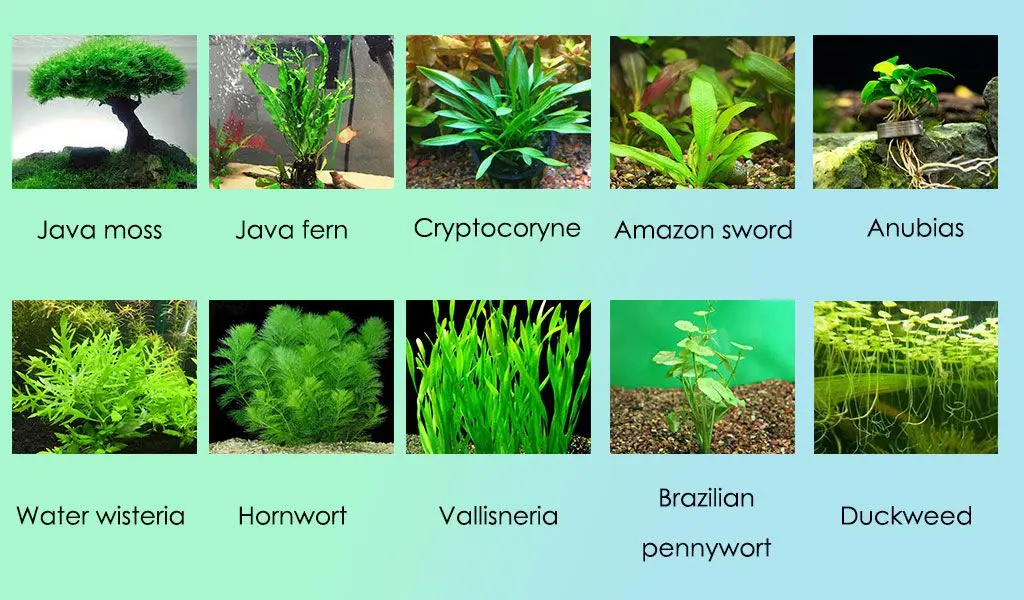Anubias is an aquatic and semiaquatic flowering plant, coming from Africa. It can be found in rivers, streams, or marshes. Plus, for its attractive and broad leaves, it is highly popular among aquarium lovers. However, though Anubias is hardy, sometimes it may suffer rot, decaying of the leaves and rhizome of plants. To address the issue effectively, this guide will give you some practical solutions.
Anubias aquarium plant
| Scientific name | Anubias spp. | Lighting level | Low-Medium |
| Family | Araceae | Lighting hours | approximately 8–10 hours |
| Origin | Africa | Light intensity | 10-40 lumens/liter |
| Compatible fish | Tetras, Rasboras, Gouramis, Catfish, etc. | PAR value | 10-120 μmol/s (15-80PAR) |
Featuring broad, thick, and dark green leaves with attractive patterns, Anubias can thrive in various types of aquariums due to their versatility and hardiness. And leaves are leathery and can vary in size and shape depending on the specific species or variety of Anubias. They grow from a rhizome, a thick horizontal stem that anchors the plant to rocks, driftwood, or substrate in the aquarium. Anubias grows slowly and comes in a surprising amount of subspecies.
Moreover, Anubias is ideal for both beginners and experienced aquarists. It can flourish in low-tech aquariums. For instance, aquariums without CO2 injection or intense light. Besides that, Anubias can adapt to various water conditions. It can not only be kept in freshwater aquariums but also in brackish or marine tanks.
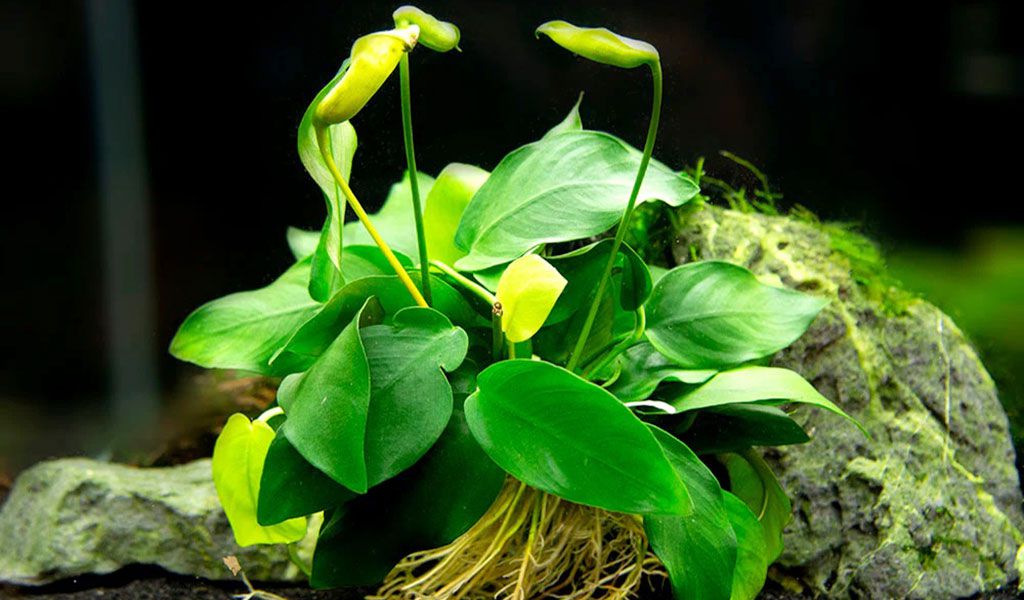
Overall, Anubias plants are easy to care for. It can be used as foreground and midground plants or attached to hardscape elements. These plants can add a touch of natural beauty to any aquarium type.
Weird Anubias rot reasons
Symptoms of rotten Anubias in aquariums
- Yellowing or browning leaves
The leaves of a rotting Anubias may turn yellow or brown, starting from the edges and gradually spreading throughout the leaf. This discoloration is often accompanied by a soft or mushy texture.
- Slimy or foul odor
As the Anubias plant deteriorates, it may develop a slimy texture and emit a foul odor. This is usually an indication of bacterial or fungal growth in decaying plant matter.
- Leaf disintegration
In advanced stages of rot, the leaves of the Anubias plant may start disintegrating or falling apart. They become fragile and may easily break apart when touched.
- Rhizome decay
The rhizome, the thick stem from which the leaves grow, can also be affected by rot. It may become soft, mushy, or discolored. In severe cases, the rhizome can completely decay and disintegrate.
- Growth stagnation
A rotting Anubias plant may also exhibit a lack of new growth. If the plant is struggling and unable to recover, it may stop producing new leaves or show stunted growth.
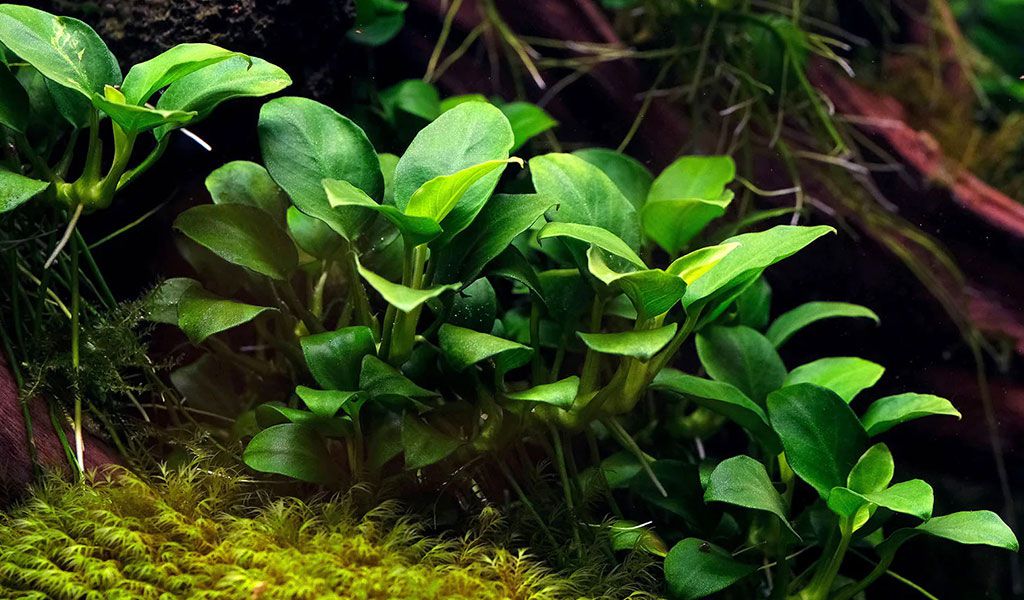
Why do Anubias rot in aquariums?
If you notice the symptoms mentioned above, it is crucial to take treatment or action to prevent further rotting. However, what leads to Anubias rot in aquariums?
- Poor water quality
Though Anubias plants are easy to care for, they are sensitive to water conditions. Poor water quality can contribute to their rotting. Factors such as high levels of ammonia, nitrites, or nitrates, fluctuating pH levels, or the presence of toxins in the water can stress the plants and make them more susceptible to rot.
- Improper lighting
Anubias plants thrive in low to medium light conditions. Inadequate or excessive lighting can lead to problems. Insufficient lighting can hinder photosynthesis and weaken the plant, while intense lighting can cause excessive algae growth, shading, and competition for nutrients, which can result in the decay of Anubias leaves and rhizomes.
- Incorrect placement
If the rhizome is buried in the substrate or covered by excessive amounts of gravel or decorations, it can lead to poor oxygenation and decay. The rhizome should be exposed to water and attached to rocks, driftwood, or other hardscape elements without burying it.
- Nutrient imbalance
Anubias plants require a balanced supply of nutrients to thrive. Insufficient or excessive nutrients can impact their health. A lack of essential nutrients like iron or potassium can weaken the plants, while excess nutrients can lead to algae growth, which is not good for Anubias growth.
- Physical damage
Rough handling, improper pruning, or damage to the leaves or rhizome can create entry points for pathogens and bacteria, increasing the risk of rot. It is important to handle Anubias plants with care and use aquarium tools when trimming or maintaining them.
- Disease or infection
Anubias plants can also fall victim to diseases or infections caused by bacteria, fungi, or other pathogens. These can take hold when the plant is weakened or stressed, and they can result in rotting and decay.
How to treat Anubias rot and prevent it
Treatment for rotten Anubias
- Remove the affected plant
Gently detach the affected plant from any rocks, driftwood, or substrate it may be attached to. It helps to prevent the spread of decay to other plants or the introduction of harmful substances into the water.
- Trim and clean
Examine the plant and trim away any severely decayed or mushy portions. Use clean, sterilized scissors or pruning tools to avoid introducing additional pathogens. After trimming, it is better to rinse the remaining healthy portions of the plant under running water to remove any debris or decayed matter.
- Check aquarium conditions
Assess the aquarium conditions to identify any factors that may have contributed to the rotting. Check water parameters such as pH, ammonia, nitrite, and nitrate levels. Then if necessary, adjust them to provide a healthier environment.
- Improve water quality
Perform regular water changes to improve overall water quality. It helps remove accumulated toxins and replenish essential nutrients. Also, maintain proper filtration, and consider adding activated carbon or other chemical filtration media to help remove impurities from the water.
- Quarantine or treat other plants
If the rotting was due to a disease or infection, it is necessary to quarantine other plants in the aquarium to prevent the spread of pathogens. Then treat the remaining plants with appropriate remedies, such as aquarium-safe fungicides or antibacterial treatments, following the instructions provided.
How to prevent Anubias from rotting
- Provide adequate light
Anubias plants thrive in low to medium light. Just ensure that the aquarium receives appropriate lighting levels to support photosynthesis without causing excessive algae growth or shading.
- Proper placement
The rhizome should be exposed to the water to facilitate oxygenation and prevent decay. So when attaching Anubias plants to rocks, driftwood, or other hardscape elements, ensure that the rhizome is not buried in the substrate or covered by excessive amounts of gravel or decorations.
- Maintain great water quality
Regularly test the water parameters in your aquarium and maintain optimal conditions. Plus, perform regular water changes to remove accumulated toxins and maintain great water quality.
| Water temperature | 72-82℉ | Ammonia level | 0 ppm |
| pH level | 6.0-7.5 | Nitrite level | 0 ppm |
| Water hardness | 3-7 dKH | Nitrate level | Less than 10-20 ppm |
- Balanced nutrient
While Anubias plants are generally low-maintenance, they still require essential nutrients for healthy growth. You can use a quality aquarium fertilizer or substrate that provides necessary nutrients such as iron, potassium, and trace elements.
- Avoid physical damage
Handle Anubias plants with care and avoid rough handling or pruning. Use clean and sterilized tools when trimming or maintaining the plants to prevent introducing pathogens or causing damage that could lead to rotting.
- Quarantine new plants
Before introducing new Anubias plants or any other aquatic plants to your main aquarium, quarantine them separately for a few weeks. This will help you identify and address any potential diseases or infections.
Growing anubias aquarium plant
Growing Anubias plants in aquariums is relatively straightforward. Here are some tips for growing Anubias in your aquarium.
Choose healthy plants
Select healthy Anubias plants from a reputable source. Plants with vibrant, green leaves and an intact rhizome (thick stem) can be your first choice. Avoid plants with yellowing or damaged leaves, as they may be more susceptible to rot or other issues.
Anchor Anubias plants
Anubias plants should be anchored to rocks, driftwood, or other hardscape elements in the aquarium. Gently attach the plants by tying or using plant-safe glue. Take care not to damage the rhizome during this process.
Pruning and maintenance
Regularly trim yellowing or decaying leaves from the Anubias plants, which helps maintain their overall health and appearance. Furthermore, remove any debris or dead plant matter from the aquarium to prevent the buildup of harmful substances.
The final word
To conclude, Anubias plants need less maintenance, making them ideal for beginners. Aside from that, Anubias plants are generally not consumed by herbivorous fish or invertebrates due to their tough leaves. Just follow the tips mentioned in this article, and you can enjoy healthy and thriving Anubias plants in your aquarium.

